
The first few moments are crucial during a medical emergency. The first treatment can often determine the survival of the patient. In situations where someone is unconscious or otherwise incapacitated, medical ID bracelets can provide quick vital information alerts to first responders.
A medical ID wristband is a bracelet bearing a message that the wearer has an important medical condition that might require immediate attention. For emergency medical providers such as paramedics and emergency physicians, medical identification tags are particularly useful in situations where the wearer is unconscious, altered mental status, very young, or otherwise unable to provide critical medical information.
Wearing medical alert bracelet is not only suitable for senior citizens. Anyone from any age group can wear medical IDs if they have any medical condition that can leave them vulnerable when they are on their own.
Also known as medical alert bracelet, best medical alert bracelet or ID bracelet, medical alert is can provide first response personnel with important information regarding a patients health. During emergency services, someone may be unable to communicate the details of their medical conditions, medications they take, or any severe allergies they have. Medical alert bracelet speaks on their behalf to relay this vital information that could potentially save their life.
Emergency medical responders are usually trained to always look for both medical alert jewelry or ID jewelry. Wearing a medical alert bracelet can save a lot of time, potentially save a life. Some medical IDs can work as medical alert system as well. Medical alert systems are most commonly used by older adults living independently. Seniors can call for help at the press of a button even if they cannot access a phone.
Medical alert bracelets can come in various materials and designs. Among them, all in one stylish package, and practical piece to wear is the medical ID bracelets available at 24hourwristbands.com. To alert people of the potentially life-threatening conditions, these silicone will come handy during emergency situations.

Made from 100% medical grade silicone (non-toxic and non-allergenic), our medical ID style silicone wristbands are long lasting and produced gold with silk screen printing technology or are engraved gold and injected with colors. They are also trendy and look stylish. Therefore can be a good accessory to wear for monitoring one’s health.
Apart from being stylish, our silicone medical alert bracelets are easy to slip on, ends the struggle patients face when putting on the bracelets by themselves. There’s no wrestling with clasps on the silicone medical alert jewelry. These medical IDs can be easily slipped over the hand without having to operate a clasp. Each one can be personalized with vital medical information to inform first responders of patient history.
Hospitals or healthcare organizations can also choose our button bracelet or vinyl wristband option which contain hard snap closure that cannot be tampered or removed without permanently cutting off the wristbands.
You can get vinyl medical alert bracelets here: https://24hourwristbands.com/shop/products/medical-alert-wide-vinyl-wristbands

The wristband style security option is a great alternative to metal medical ID bracelet because people with metal or different allergies can easily use them. They are water resistant, tamper-proof, easy and comfortable to wear.
When ordered in bulk, these medical alert bracelets are a more affordable option for hospitals and healthcare organizations. Hospitals can provide these bracelets free to patients so that doctors, caregivers or first responders can monitor and take the correct action according to the patient’s health.
They are color-coded according to the state hospital standards as Allergy Alert, DNR, Fall Risk, Latex Allergy, and Limb Alert categories.
The five colors of standardization for color-coded wristbands promotes consistent interpretation of the alert not only as patients receive care, but also as personnel move and work at various hospitals and facilities. The following colors can be bulk ordered for hospitals and health care organizations:
- Red for patient allergies
- Yellow for patients at risk of falling
- Purple for do-not-resuscitate patient preferences
- Green for latex allergies
- Pink for restricted extremity use
Importance of medical ID bracelets:

Medical ID jewelry is particularly useful for people who may have difficulty communicating their medical needs or who require prompt medical intervention. EMTs and first responders must be aware of the medical issues a patient has and the range of medications they are taking in order to avoid any potentially fatal side effects. Failing to wear a silicone medical ID bracelet when suffering from a chronic condition may result in:
-
Misdiagnosis of symptoms
-
Delaying appropriate treatment
-
Increased severity of minor emergencies
-
Unnecessary hospitalization
-
For mental health illnesses – miscommunication with first responders may lead to law enforcement involvement
Having a medical ID bracelet is a good idea for several reasons:
Prompt and accurate medical response:

Silicone medical alert bracelets are designed to display essential medical information prominently. They typically feature a visible gold emblem or plate engraved with vital details such as medical conditions, allergies, medications, emergency contact numbers, or any other pertinent information. In an emergency event, this information can be quickly and easily accessed by medical professionals or first responders, ensuring appropriate and timely care.
Medical ID bracelets alert first responders and medical personnel about the lifestyle of the patient. This makes treatment decisions more timely and accurate, reducing the chance of problems or unfavorable effects.
Emergency Identification:

In emergency situations, a medical ID bracelet can convey important information about a patient to first responders regarding their health, allergies, medications and emergency contacts.
Wearing a silicone medical alert jewelry on the wrist increases personal safety by alerting others to specific medical needs. For example, if a patient has a severe allergy, the bracelet can inform people of their condition, allowing them to take appropriate precautions or administer necessary treatments promptly. It helps raise awareness among caregivers, medical personnel, and bystanders, minimizing the risk of adverse reactions or inadequate care.
Preventing medical errors:

A medical ID bracelet can alert first responders or paramedics about the patient’s medical history as well as medications. This helps prevent medical errors and provides a way for effective treatment.
In situations where an individual may be unable to communicate their medical information verbally due to injury, illness, confusion, or language barriers, a silicone medical alert bracelet can effectively convey vital details. This ensures that accurate information reaches the medical professionals treating the individual, enabling them to make informed decisions regarding treatment and medication.
Peace of Mind:

Wearing a medical alert bracelet provides peace of mind for the wearer and their loved ones. Knowing that essential medical information is easily accessible to medical personnel during emergencies can alleviate anxiety and fear. It also enables family members, friends, and caregivers to feel more confident about the individual’s safety, especially if they have conditions that may require immediate attention or specialized care.
Durable and Comfortable:

Silicone medical alert bracelets are typically made from a durable and flexible material that can withstand everyday wear and tear. They are waterproof and resistant to moisture, making them suitable for various activities, including sports, swimming, and showering. The soft and lightweight nature of silicone top medical alert bracelets also ensures comfortable wear for extended periods, allowing individuals to keep them on at all times, even while sleeping.
Customizability and Style:

Silicone medical alert bracelets offer a wide range of customization options, allowing individuals to personalize them according to their preferences. They are available in various colors, designs, and sizes to suit different tastes and age groups. Some or most medical alert bracelets can be easily adjusted or resized to ensure a comfortable fit.
Cost-Effective:
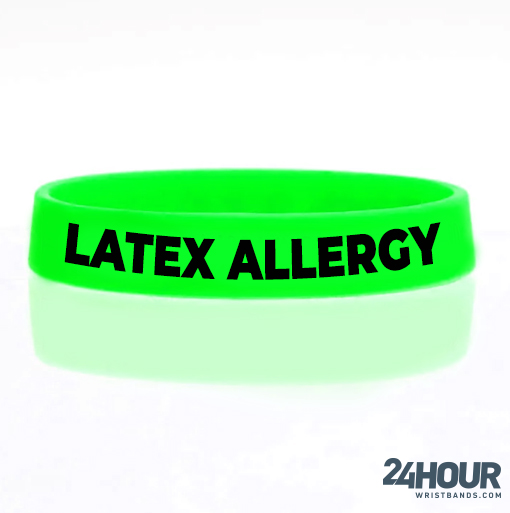
Silicone medical alert bracelets are generally more affordable compared to a range of other medical alerts and identification options, such as metal bracelets or pendants. This makes them accessible to a wider range of individuals, including children and those on a tight budget.
Bystander response:

Bracelet with a medical ID can be helpful for non-medical individuals who could come across you in trouble. It might be helpful for camp or school workers who might not be aware of youngsters with allergies that pose a life-threatening risk.
Medical ID can also urge someone who witnesses someone with diabetes who enters insulin shock to give them orange juice or chocolates. This provides the first aid the patient requires and allows medical professionals to provide more quality and effective treatments.
Who needs to use medical ID wristbands?

People who are allergic to common items or medicines, those who suffer from different conditions that can render them unconscious or incapacitated need to use silicone medical ID wristbands to convey important messages to healthcare providers or first responders.
Some of the reasons to wear medical ID bracelets are:
Individuals with allergies:

Being allergic to different food items, medications or materials is a reason to wear a medical ID wristband. This information can help first responders identify the correct process for treatment.
Those who have severe allergies to medications, food items, or insect stings can wear medical alert bracelets to inform others of their allergies in case of an emergency.
People with any drug resistance or are allergic to drugs should also consider wearing medical alert bracelet. Drug allergies are more likely to affect women, those who are young or middle-aged, and those who have certain viral infections, such as HIV and herpes.
Some common drug allergies include:
- Penicillin
- Antibiotics
- NSAIDs, such as aspirin and ibuprofen
- Chemotherapy drugs
Individuals with chronic medical conditions:
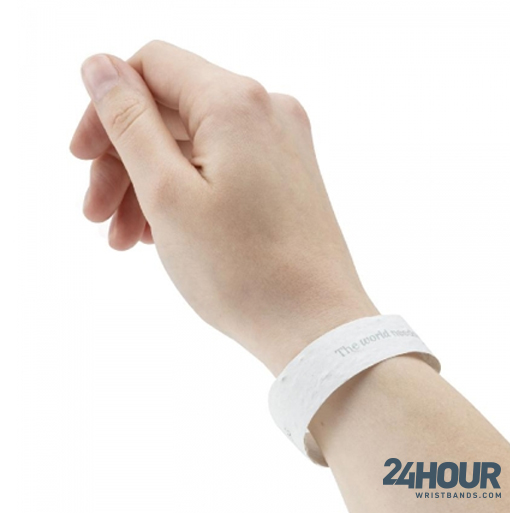
Seizure disorders like epilepsy, heart conditions, diabetes, bleeding disorders, cancer are few of the many conditions that require a medical alert bracelet. Chronic conditions can be managed better if communicated properly.
People with conditions such as diabetes, epilepsy, asthma, heart disease, or severe allergies may wear medical alert bracelets to alert medical professionals about their condition and any necessary treatments or precautions.
For example, if a diabetic patient becomes unconscious due to low sugar, the bracelet can communicate to paramedics that the person is diabetic and they can administer treatment without delay.
People with special needs:

Individuals with cognitive impairments, developmental disabilities, or mental health conditions may wear medical alert bracelets to help others understand their specific needs or conditions and provide appropriate support.
Adults living with disabilities have an increased risk of injury. It is vital to equip loved ones with a medical alert bracelet to assure them that help is at hand should they need it.
Elderly individuals:
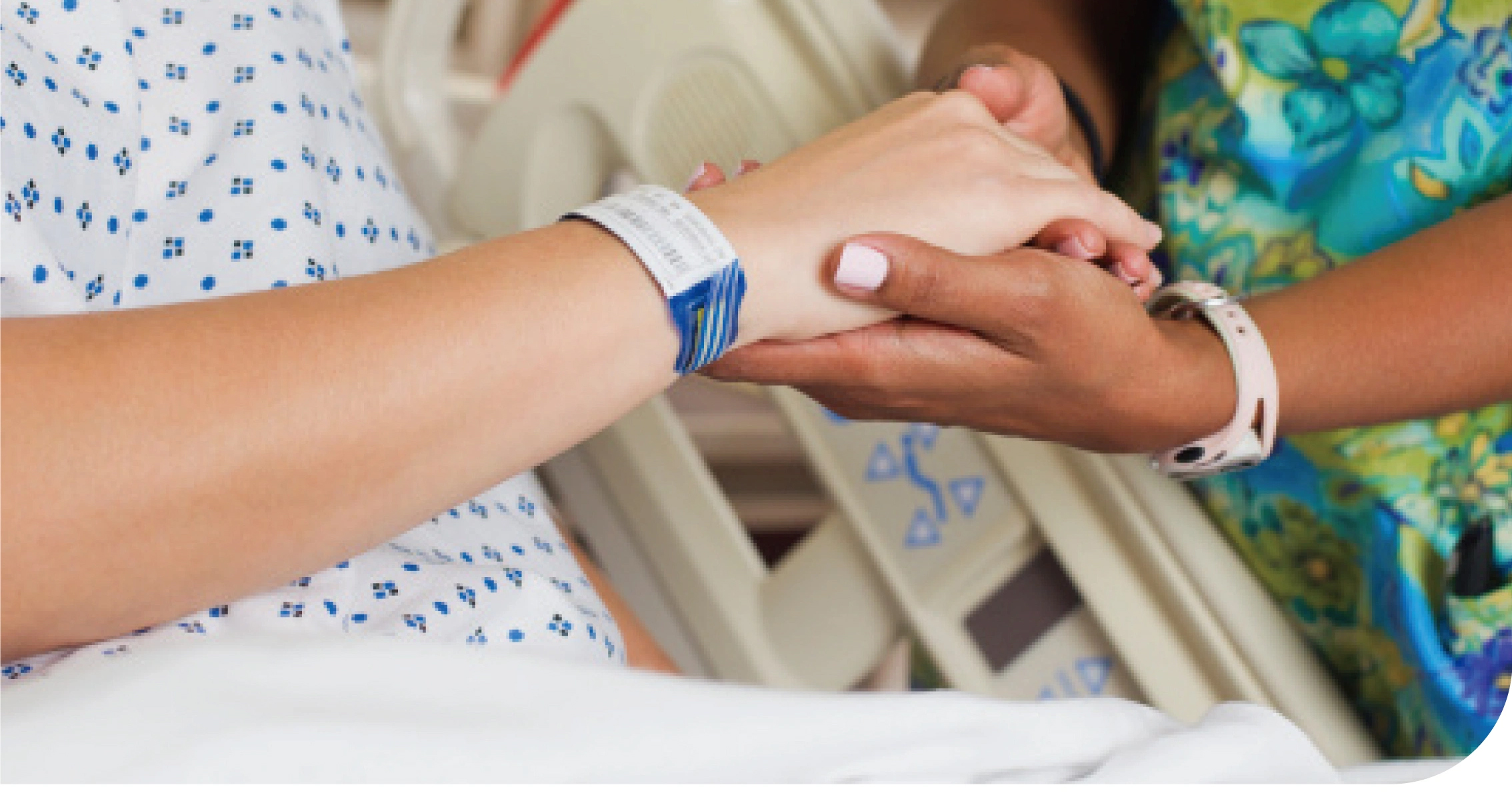
Seniors who have chronic illnesses, memory loss, or are at risk of falls may wear medical alert bracelets to ensure timely medical assistance or alert caregivers in case of an emergency.
Children with medical conditions:

Parents or guardians may choose to have their children wear medical alert bracelets if they have chronic conditions, allergies, or special needs that require immediate attention.
Medications:

Listing what medication a patient is taking can be life saving in emergency situations.
For example, if a patient is on steroids, medical professionals can administer treatment accordingly.
Identification:

This is suitable for patients with amnesia or Alzheimer’s disease; who can lose track of when and where they are. A silicone medical ID wristband with engravement of the condition and a contact number can ensure patient safety.
Special requirements:

Someone with a rare group of blood, compromised immune system or rare allergies can also wear silicone medical ID wristbands.
These wristbands can communicate any information that would be important during an emergency situation.
Information to include in medical ID wristband:

Given the limited space within the medical alert bracelet, and the importance of being noticed, it is important to choose the information to put on your medical alert jewelry.
The best way forward is to consult with your medical professional about what information to put on your silicone medical jewelry.
The medical insignia known as the Star of Life, which features the snake & staff symbol, should ideally be shown on jewelry and medical ID items. This will let emergency personnel know if the patient is wearing jewelry that has to be inspected.
In addition to mention of the relevant medical conditions, medical alert bracelet may have a phone number that medical personnel can call for more information, for example that of physician, care-giver or next of kin. Where applicable and provided, the wearer’s national health service user number can enable access to a more detailed case history. Basically, the medical alert bracelet, engraved with the wearer’s personal medical problem or history, speak for the wearer when the wearer can’t. Incidentally and where the symptoms can mislead, such a tag may also be useful as evidence of such a condition to law enforcement personnel.
Some important details to include in medical ID bracelets are:
Medical Conditions:
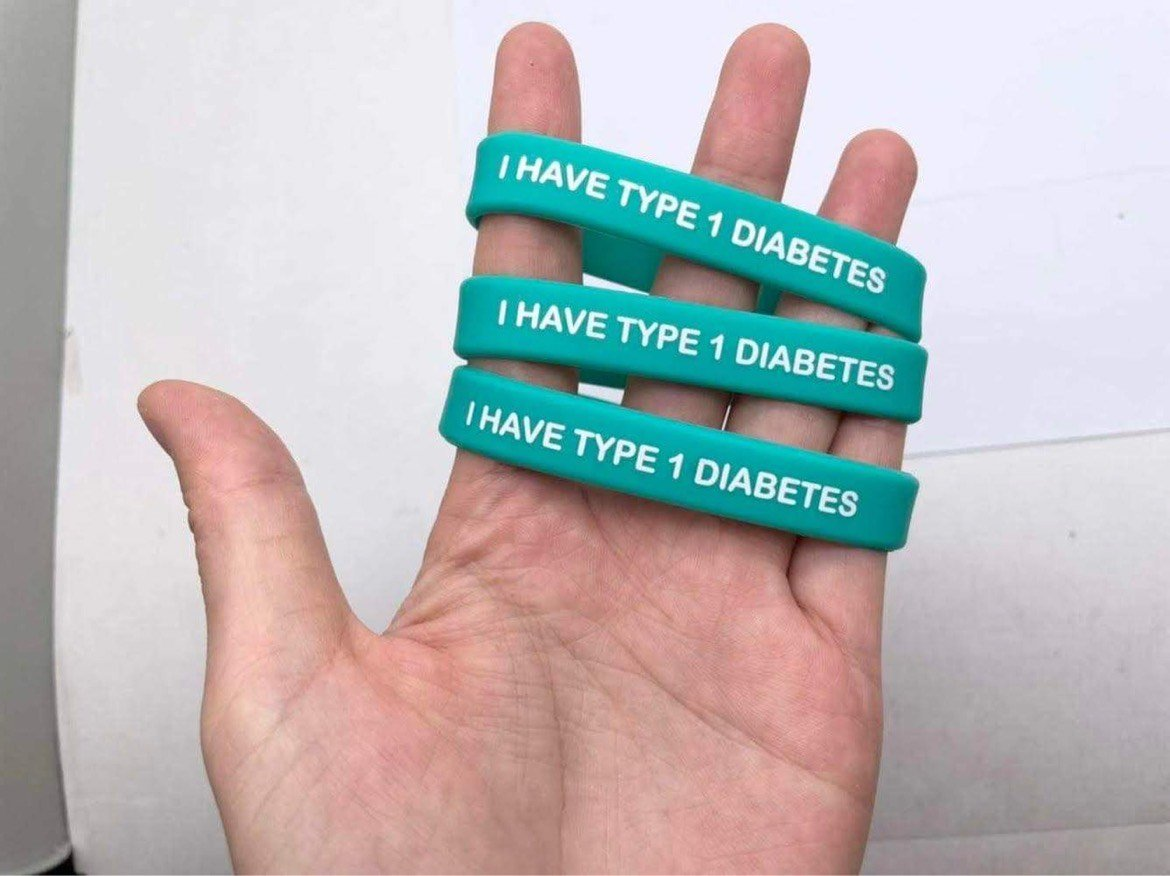
Medical ID bracelets must include any ongoing medical illnesses such as diabetes, epilepsy, cardiovascular issues, asthma, and so forth. Particular attention should be paid to any conditions that could be fatal or prevent a patient or a loved one from communicating with emergency personnel (such as seizure disorders).
Medications:

Blood thinners should be on the top of any medical ID bracelet. In case of accidents, this lets emergency responders know that the wearer or wrist might be bleeding internally. Similar to this, the medical alert system should indicate any medications to which a patient has a strong allergy so they won’t be administered in an emergency.
Medical Devices:

If a patient has a pacemaker or something similar, listing that on the medical alert system lets the medical professionals know about their condition and approach the treatment process accordingly.
Blood Type:

Listing blood types can also be a good idea, especially in cases of rare blood groups. It will also help in situations if the patient has some kind of blood disease. For example, B negative blood types can only receive blood from other B negative or O negative donors. Knowing this information can save precious time during the first response of the emergency.
Missing or transplanted organs:

In case a patient is missing or has transplanted organs, it needs to be mentioned on the medical alert system as jewelry. In these circumstances, it is likely that the patient is taking immunosuppressant drugs, which can make them particularly prone to infection. This makes monitoring service of the patient less risky.
Communication:
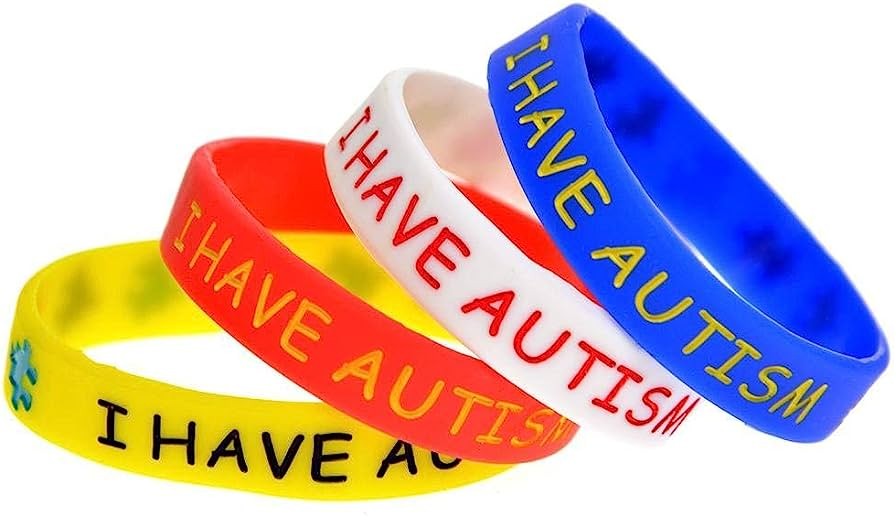
Disclosing conditions like schizophrenia or autism, as well as restrictions like being non-verbal or deaf, is paramount in an emergency situation. This way, the medical staff is aware of why a one might not respond as expected and clear unnecessary confusion.
End Note:
Good health care requires communication. Wearing a medical ID bracelet or wristband can help patients communicate with medical professionals at a time when they are incapacitated.
It is important to note that while silicone medical alert bracelets offer numerous benefits, they should not be considered a substitute for proper medical care or caution. They are intended to complement other medical identification methods and serve as a helpful tool in emergency situations.
It is crucial that the ID wristbands are regularly updated. Hospitals, clinics and other healthcare organizations can order different medical ID wrist bracelets, for different departments and services.
For example, the geriatric department can order bulk fall risk bracelets. On the other hand, the endocrinology department can bulk order diabetes type I & II bracelets. Health organizations can also provide patients with customized medical ID bracelets suited for their personalized needs.
Patients must consult with a healthcare professional to determine if wearing a medical alert bracelet is appropriate for their specific situation. They and insurance providers can provide guidance on what information to include on the medical alert bracelet and any additional precautions to take for your health and safety.
Our medical alert bracelets are all in one package. They are affordable, customizable, stylish and alerts medical services providers accordingly. The best medical alert bracelets with different varieties can be ordered here: https://24hourwristbands.com/shop/products/medical-alert-tyvek-wristbands



